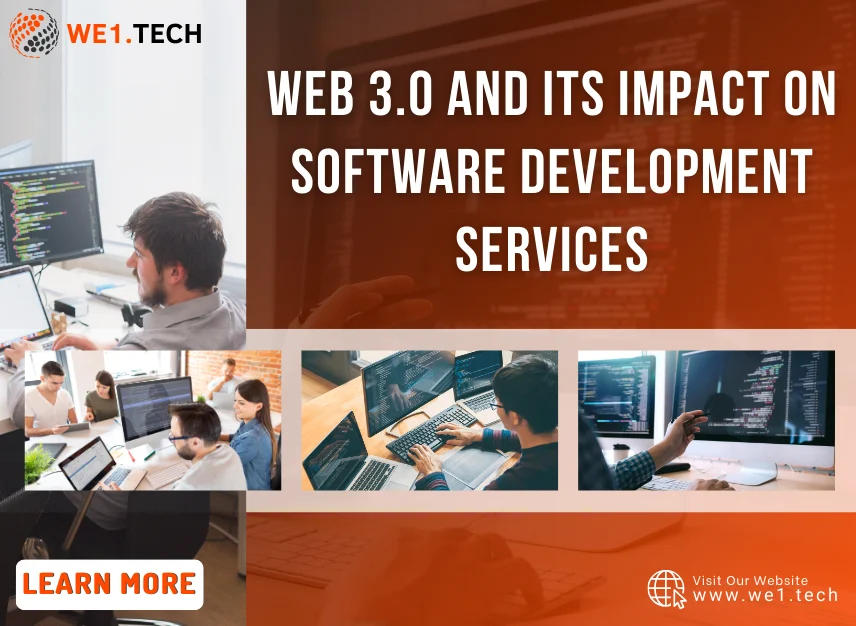
The internet has transformed how we connect, share, and work. From static websites in the 1990s to the dynamic and user-generated content era of Web 2.0, the internet has grown significantly. However, Web 2.0 has some limitations like centralized control and a lack of user data privacy. But now we enter Web 3.0—the next phase of the internet.
Web 3.0 is designed to create a decentralized, user-centric ecosystem where individuals have more control over their data and interactions. With features like AI, blockchain, and the semantic web, Web 3.0 is reshaping industries and redefining how software is developed.
In this blog post, we will discuss the impact of Web 3.0 on software development services, along with its features, challenges, and future potential. So, let's get started!